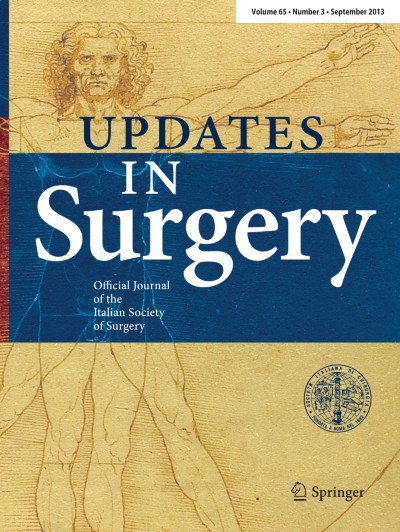Background
Liver resection is still the most effective and curative treatment for recurrent liver cancer, laparoscopic repeat liver resection (LRLR) offers an option for recurrent liver cancer due to invasive advantages. However, multicenter, large-sample population-based LRLR has rarely been reported. We aimed to assess the advantages and drawbacks of LRLR compared with laparoscopic and open surgery for recurrent liver cancer by meta-analysis.
Methods
Relevant literature was searched using the PubMed, Embase, Cochrane, Ovid Medline, Web of Science databases up to January 16th, 2022. Quality assessment was performed based on a modified version of the Newcastle–Ottawa Scale (NOS). The data were analyzed by Review Manager 5.3. The data were calculated by odds ratio (OR) or mean difference (MD) with 95% confidence intervals (CI) for fixed-effects and random-effects models.
Results
12 retrospective observational studies were suitable for this analysis, involving 1315 patients with 602 undergoing LRLR and 713 undergoing open repeat liver resection (ORLR). Compared with ORLR, LRLR had less intraoperative blood loss (SMD − 0.7, 95% CI − 1.01 to − 0.39; P < 0.0001), shorter hospital stay (SMD − 0.57, 95% CI − 0.88 to − 0.27; P = 0.0002), less overall postoperative complications (OR 0.37; 95% CI 0.2–0.68; P = 0.001), and higher R0 resection rate (OR = 2.51, 95% CI 1.5–4.17, P = 0.0004); However, there were no statistically significant differences between LRLR and ORLR regarding operative time (P = 0.68), transfusion rate (P = 0.08), mortality (P = 0.8), and 3-year overall survival (P = 0.72).
Conclusions
LRLR has an advantage in the hospital stay, blood loss, complications rate and R0 resection. LRLR is a very useful, safe technology and feasible choice in patients with the recurrent liver cancer.
